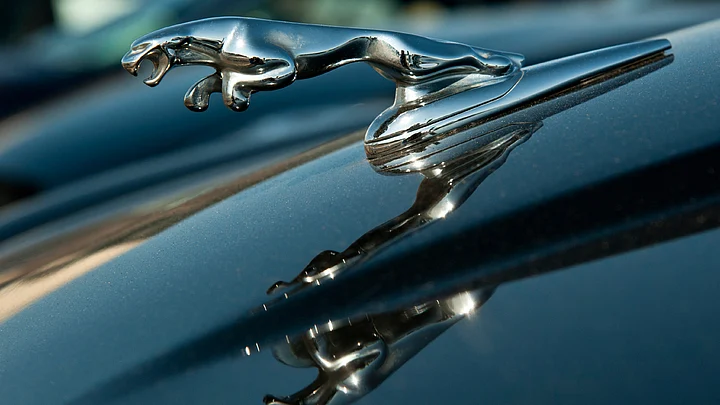When India’s Tata Motors bought Jaguar and Land Rover from Ford in 2008, many investors thought then-Chairman Ratan Tata was making a big mistake.
Ford was selling the units for less than half of what it paid to acquire them, just as early tremors of the credit crisis began sapping luxury demand. The day before the deal was announced on 3 January 2008, West Texas Intermediate crude reached $100 a barrel for the first time, suggesting a tough environment for gas-guzzling sports cars and four-wheel drives.
Tata’s Nano, a super-cheap “one lakh rupee’’ ($1,500) minicar pitched at India’s emerging middle class, was seen as the best prospect, and Jaguar Land Rover looked like an expensive distraction. Moody’s and S&P both downgraded Tata Motors, and the stock fell almost 30 percent in the six months it took to complete the transaction.
How have those prognostications turned out?
The Big Engine That Could
Wrong on almost every count. Jaguar Land Rover now accounts for more than half of Tata Motors’ unit sales, overtaking the trucks and passenger cars produced by Tata Motors India in the past two quarters, according to annual results released Monday.
Helped by a weakening rupee, Jaguar Land Rover’s British-pound-denominated sales have risen more than five-fold since the takeover to 2.24 lakh crore ($33.3 billion) in the year through March, according to data compiled by Bloomberg. Tata Motors India’s are up a relatively modest 74 percent.
Jaguar Land Rover is also more profitable, even after one-time costs of 224 million pounds ($329 million) during the fourth quarter related to Takata’s airbags recall and damage from the 2015 Tianjin chemicals explosions. Operating margins averaged 11 percent over the past five years, versus 1 percent in the domestic business.
This Jaguar Is a Tiger
How’s the much-hyped Tata Nano doing? Not so well. With sales rarely rising above 2,000 units a month, the Gujarat-based factory that was set up to build it is only running at about 10 percent capacity. Like the netbook computers that were launched around the same time and likewise failed to change the world, its entry-level pricing couldn’t quite compensate for the quality which was also a bit bargain basement.
Tata Motors India is now focusing its attentions on the stronger mid- and high-cost vehicle segments, and has revamped the Nano with a Rs 1.99 lakh starting price. Spare capacity in the Gujarat plant will be used to make its new Tiago, which costs Rs 3.2 lakh and upwards.
What should Ratan Tata’s successor Cyrus Mistry do about this situation? One option sure to delight investors would be selling the legacy Tata business to focus entirely on Jaguar Land Rover, as canvassed by Gadfly’s Andy Mukherjee in March. The problem there is finding a buyer for an unprofitable arm that’s also more indebted than its upmarket stablemate.
A better idea would be to make the best of a bad job and work at applying lessons learned from the British business. As Nissan has shown since its 1999 alliance with Renault, troubled carmakers are often only a few blockbusting designs away from success. Many investors nowadays regard Tata Motors India as an irredeemable basket case that’s lurched from one crisis to another for decades. They thought the same thing of Jaguar Land Rover eight years ago.
(At The Quint, we question everything. Play an active role in shaping our journalism by becoming a member today.)
